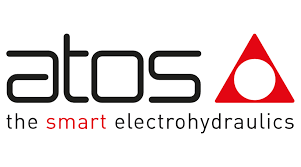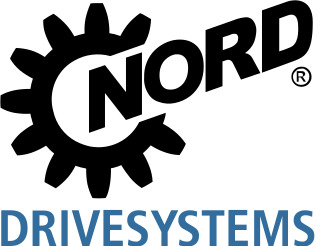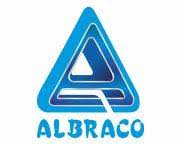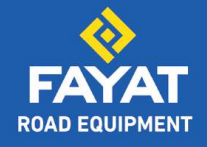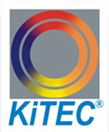Potholes in progress: Fixing the cracks in Indian road infrastructure plans
By Staff Report | April 17, 2025 6:04 pm SHARE
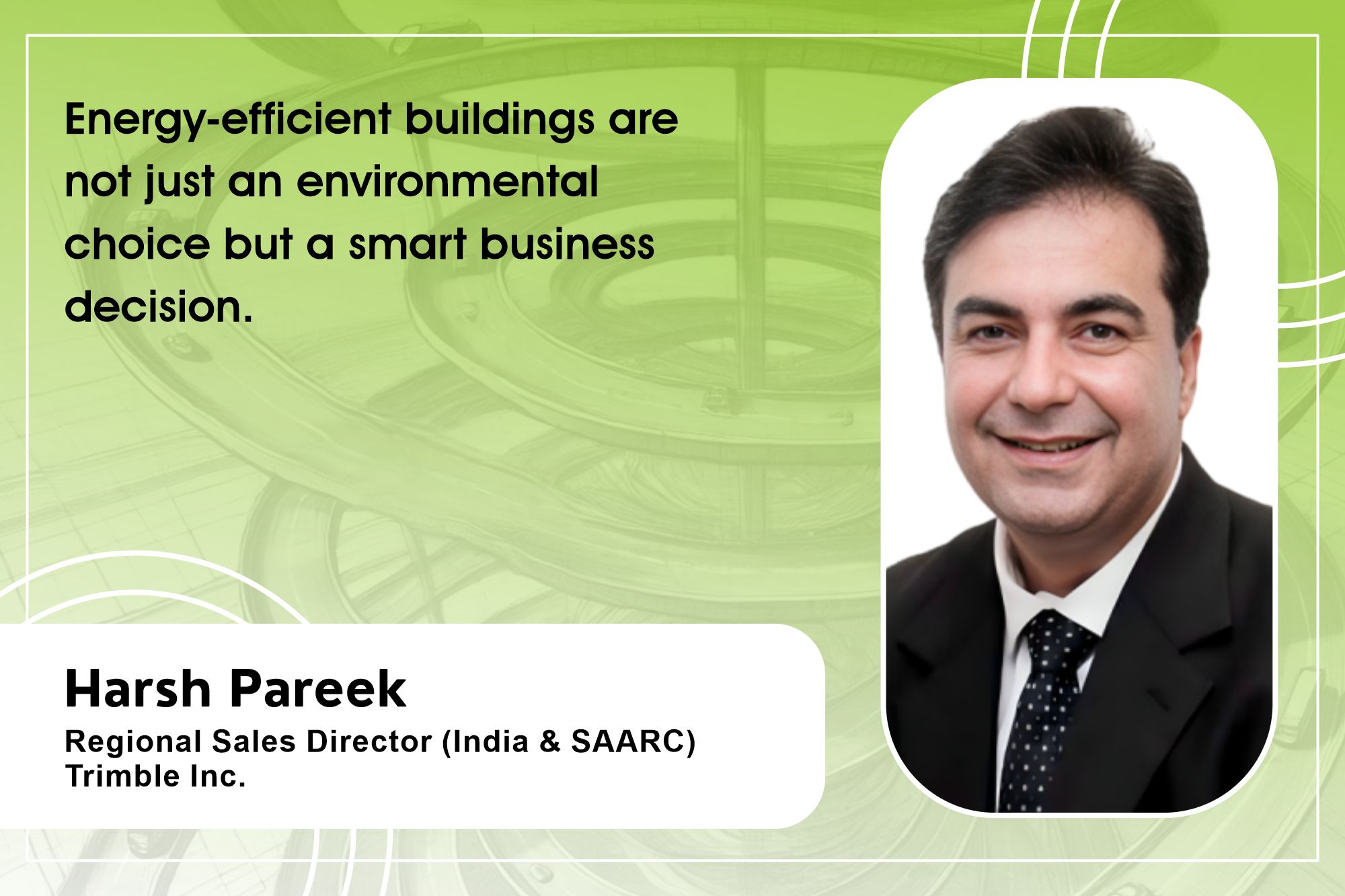
Once cruising at a record-setting pace, India’s road infrastructure engine is now sputtering. Behind the headlines of new expressways and mega projects lie persistent challenges — sluggish clearances, funding constraints, and outdated construction practices — threatening to derail the country’s highway aspirations.
What are the biggest challenges currently affecting road and highway projects?
India has one of the world’s largest road networks, and ongoing infrastructure projects aim to enhance connectivity and economic growth. Government initiatives like Bharatmala Pariyojana have accelerated highway construction, yet several challenges continue to impact project execution. Key issues include project delays due to land acquisition problems, planning errors, and execution setbacks. Funding constraints and budget overruns, often caused by fluctuating material prices and unforeseen technical challenges, pose significant hurdles. Environmental concerns, such as reducing carbon emissions and minimising ecosystem disruption, are increasingly important considerations. Quality control issues, including using substandard materials, can lead to premature road deterioration.
Other critical factors affecting highway projects include site-specific challenges such as difficult terrains and urban construction complexities. Workforce challenges like labour shortages and safety risks persist. Inadequate quality management systems and outdated construction methods, particularly in developing countries, further complicate project execution. Overcoming these challenges will require policy reforms, technological advancements, and stronger collaboration between stakeholders to ensure the sustainable development of India’s road infrastructure.
Will the PPP model and asset monetisation encourage more private investment in highway projects?
India’s highway development has progressed significantly, but sustained private investment is essential for long-term growth. The Public-Private Partnership (PPP) model and asset monetisation initiatives are key strategies to attract private players. PPPs allow for risk-sharing between public and private sectors, leading to more efficient project management and cost control. Private investors bring expertise in project management and access to innovative financial solutions, potentially accelerating project timelines and improving overall quality. The model also allows governments to spread project costs over longer periods, aligning with the expected benefits of improved infrastructure. However, challenges such as long approval processes and concerns about financial viability still need to be addressed.
Asset monetisation, particularly through the National Monetisation Pipeline (NMP), is another promising approach. The government can unlock capital for new projects by leasing operational highways to private investors while reducing its financial burden. The success of the Toll-Operate-Transfer (TOT) model, which has already attracted global investors, highlights the potential of such initiatives.
A stable policy framework, streamlined approvals, and incentives like viability gap funding are crucial to further encourage private participation. With the right regulatory support and risk mitigation measures, these models can accelerate infrastructure development and ensure high-quality highways that support India’s growing economy.
Despite government focus, road maintenance and quality remain major issues. How can EPC firms contribute to ensuring long-term durability and improved road conditions?
Despite significant investments in road infrastructure, maintenance and quality remain major concerns in India. Frequent repairs, potholes, and poor road conditions increase costs and impact safety and transportation efficiency. Engineering, Procurement, and Construction (EPC) firms are critical in ensuring long-term durability by adopting advanced construction practices and technology-driven solutions.
A key step is using high-quality materials and modern construction techniques to enhance road longevity. Additionally, digital tools such as Building Information Modelling (BIM) and real-time project monitoring can help detect potential issues early and ensure precision in execution. Companies like Trimble Inc. provide cutting-edge solutions, including 3D machine control and intelligent construction management systems, which improve accuracy and reduce material wastage.
Regular maintenance is equally important. By integrating smart sensors and predictive maintenance strategies, EPC firms can help identify wear and tear before they lead to major damage. Encouraging performance-based contracts, where firms are accountable for road upkeep beyond construction, can also drive better quality.
With the right mix of technology, high standards, and proactive maintenance, EPC firms can contribute significantly to building durable, long-lasting roads that support India’s infrastructure goals.
In previous years, India’s highway construction pace has slowed from 50 km per day. What do you believe are the primary reasons for this slowdown?
India’s highway construction pace has slowed from the ambitious 50 km per day in previous years. Several key factors contribute to this deceleration, many linked to challenges discussed earlier.
The most significant factor is the reduction in project awards over the past two fiscal years. With fewer projects in the pipeline, the overall construction pace has naturally declined. This is evident from the fact that only 3,100 km of projects were awarded in the first nine months of FY2025, much lower than the 5,835 km awarded in the same period of FY2023.
Land acquisition challenges continue to be a major hurdle. Despite efforts to streamline the process, delays in acquiring land due to disputes, slow compensation processes, and community resistance significantly hinder progress. The government’s recent directive to secure 80 percent – 90 percent of required land before project bidding, while aimed at preventing future complications, has also contributed to slowing down new project approvals.
Election-related slowdowns have also contributed, as the enforcement of the model code of conduct restricts new project announcements and funding approvals during election periods.
Additionally, weather and environmental factors continue to impact progress. Extended monsoon seasons frequently disrupt construction schedules, while stricter environmental regulations add procedural delays.
Addressing these challenges will require streamlined approval processes, efficient land acquisition strategies, and proactive planning to mitigate disruptions. India can regain momentum in its highway infrastructure development by overcoming these obstacles.
How is adopting modern equipment and automation helping firms meet tighter project timelines?
Integrating modern equipment and automation revolutionises India’s construction industry, enabling firms to meet tighter project timelines with enhanced efficiency and precision. Technologies such as Building Information Modelling (BIM), machine control systems, and real-time data analytics minimise manual interventions, reduce errors, and optimise resource utilisation, thereby accelerating project completion.
At Trimble, we have actively contributed to this technological advancement in India. For instance, our solutions were instrumental in constructing the Dwarka Expressway in Delhi. We minimised costly errors and rework by employing precise grading and earthwork technologies. Our construction management software facilitated real-time collaboration and monitoring, enabling the project team to track progress effectively and adhere to the schedule. These tools collectively reduced costs and ensured the timely completion of the expressway, providing a critical transportation link that supports India’s expanding infrastructure needs.
By embracing such advanced technologies, construction firms can significantly improve project delivery timelines, reduce costs, and enhance overall quality, aligning with India’s ambitious infrastructure development goals.
How important is sustainability in current and future road projects? What are the biggest barriers to adopting sustainable road and bridge construction practices?
Sustainability has become a key priority in India’s road and bridge construction as the country balances rapid infrastructure expansion with environmental responsibility. Green construction practices, such as using recycled materials, energy-efficient equipment, and digital construction technologies, are helping reduce carbon footprints and enhance long-term durability. The push for low-carbon cement, warm mix asphalt, and solar-powered roadways is also gaining momentum, aligning with India’s broader sustainability goals.
However, several barriers hinder the widespread adoption of sustainable practices. High initial costs often discourage contractors from investing in eco-friendly materials and advanced technologies. Lack of awareness and expertise in sustainable construction methods also slows adoption, as many firms rely on traditional techniques. Additionally, regulatory and policy gaps create uncertainty, making it difficult for companies to prioritise green initiatives without clear incentives or enforcement.
Despite these challenges, companies like Trimble are helping drive the transition by offering digital solutions that optimise material use, minimise waste, and enhance project efficiency. BIM, machine control, and real-time data monitoring play a crucial role in sustainable construction by reducing errors, improving resource allocation, and supporting long-term asset management. With policy support, technological innovation, and industry commitment, India can achieve a greener, more resilient infrastructure that meets economic and environmental objectives.
For more information, visit: https://www.trimble.com/en
Cookie Consent
We use cookies to personalize your experience. By continuing to visit this website you agree to our Terms & Conditions, Privacy Policy and Cookie Policy.





















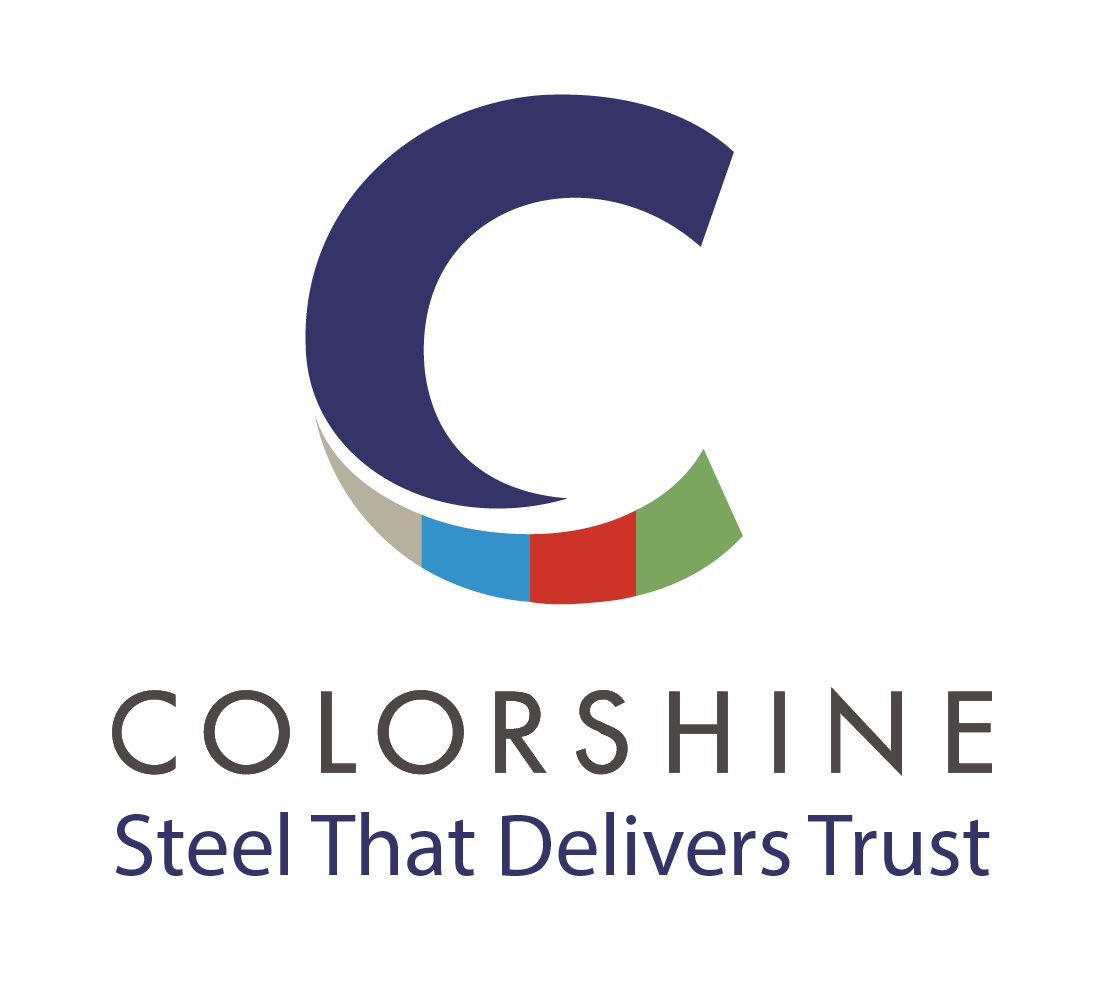











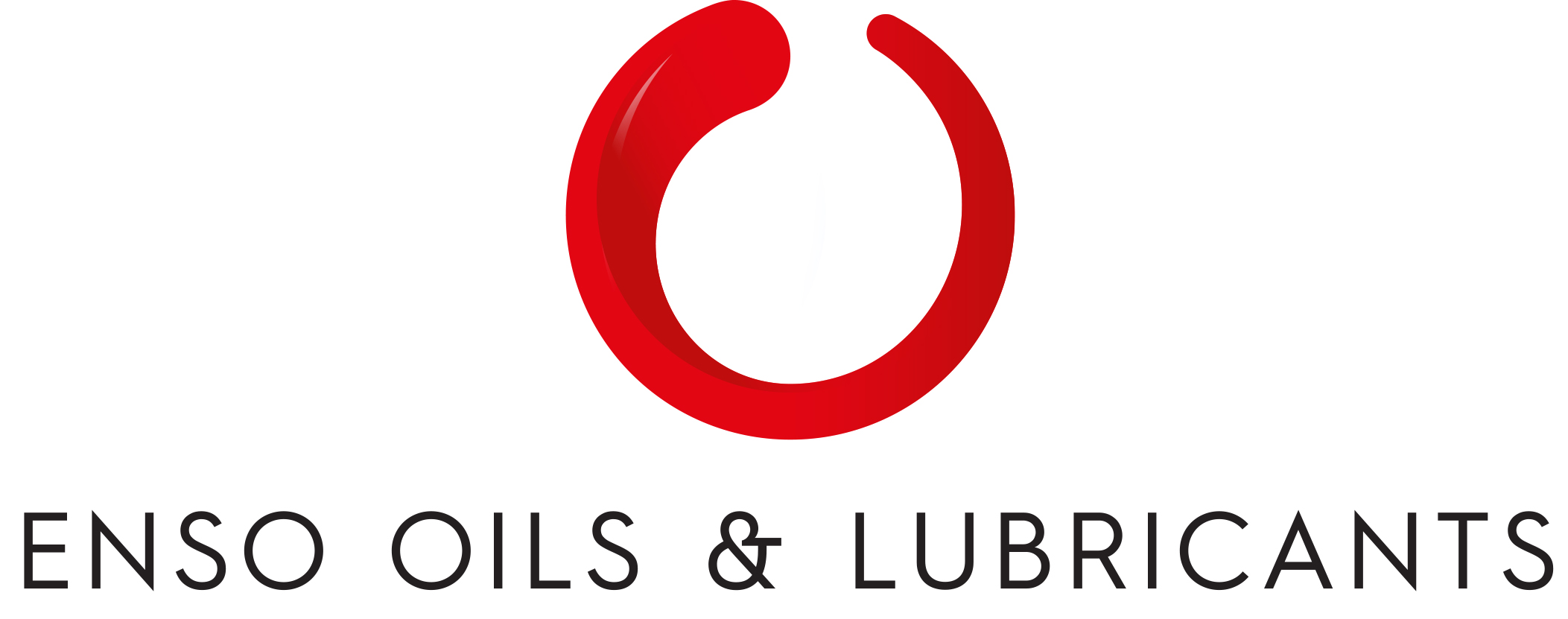


-20240213125207.png)


